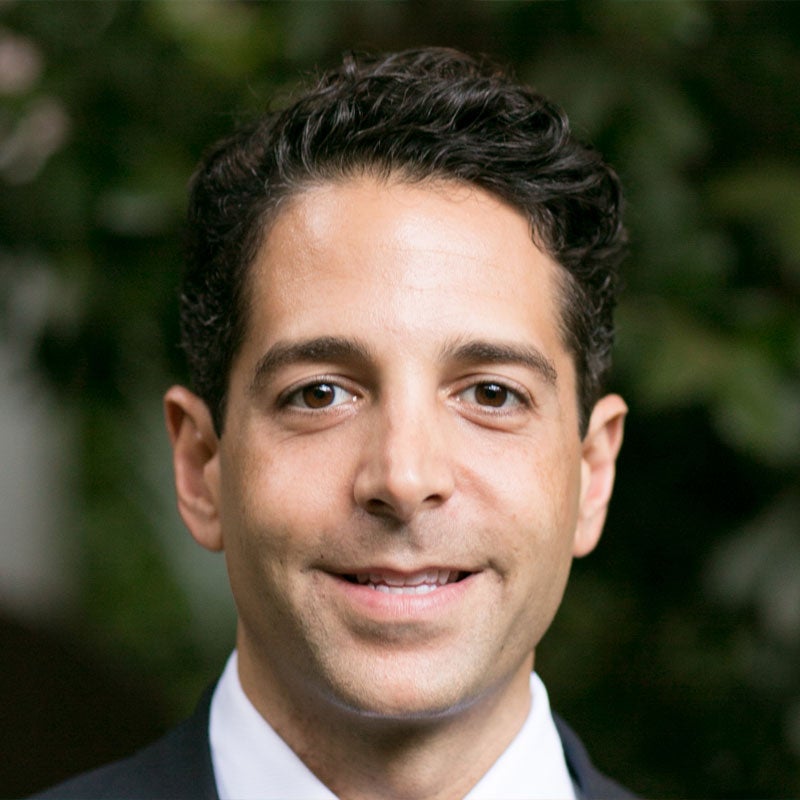WHILE GAS AND electric utility customers generally feel positive about their service providers, cable TV companies may face customer defection in a deregulated environment, according to a survey by Customer Development Corp. (CDC), Peoria, IL.
The gas and electric companies start with an advantage in branding their services: According to the research, around 90% of their customers have strong positive feelings about them (“good” or better). Although results indicate more than 85% of energy customers will seek information about alternate providers, most of the 90% with a positive reaction to their provider weren’t likely to switch. Furthermore, the savings realized from switching would have to be tangible-between 6% and 10%.
But savings might be the way to these customer’s hearts. The energy consumers surveyed indicated a high level of interest in bundled home-related services, such as indoor air quality products, security systems, safety products and home warranties.
Generally, electricity and natural gas utility customers were receptive to such add-on mailings: Nineteen percent said it make them feel somewhat more positive about the companies, while 8% felt much more positive. Sixty-four percent said the mail didn’t affect the way they felt about the companies.
The cable industry doesn’t engender the same feelings of loyalty among its customers. Only 21% of those surveyed ranked their service “excellent” or “good.” To make matters worse, 92% said they would consider offers from other providers. Respondents indicated they were more adversely disposed toward mailings from their cable company, which tend to be promotional rather than informational, than from utilities.
Much of this reaction stems from the cable companies holding attitudes toward marketing more appropriate in a monopoly situation.
“There were economics that didn’t come into play until deregulation-the old cable joke was that cable companies acquired customers by driving the truck by the moving van, and customers would chase them. There has been a power shift to the customer,” says Rick Kapinos, senior account supervisor for CDC.
The shift to the customer is the result of an industrywide reputation-often deserved-of poor customer service. But the growth of DirecTV and satellite dishes has been sapping market share at a rate more rapid than expected.
Because of the growth in options, and tepid affinity (at best) as revealed by the survey for the cable industry, churn has become a serious problem. According to CDC analysts, the cable companies are just starting to set up programs to combat it. One key component is identification of signals that a customer is about to defect.
“The single most critical thing is the ability to establish a warning sign,” says CDC director of marketing Kathy Brown. She advocates building a program to search a company’s database for signs of discontent-discontinuation of premium channels, purchase of fewer pay-per-view specials-that might indicate potential defection.
“Cable companies could trigger a communication to them that would keep them in the fold,” says Brown.
But Kapinos cautions few cable companies have systems to identify such a downgrade and respond in a reasonable amount of time.
“The problem is that the marketing information systems are not state of the art. They are great for getting bills out, but not at giving marketing and customer service people information they need to retain a customer.”
Those service providers that are sophisticated enough can bring a number of options into play. They can generate a telemarketing customer service call, offering a given service for another month for free, or suggesting a substitute service.
“The cost of acquiring a new customer is nine to 12 times that of holding on to an existing customer,” says Brown. “Customer service becomes the easiest way to keep your customers.”
So, too, are programs allowing cable companies to make themselves less of a commodity. Offers for value-added, bundled services, as opposed to advertisements and upgrade offers, were seen as being more valuable by survey respondents. Forty-two percent of the cable customers were either “interested” or “very interested” in having their Internet service attached to cable service, while 35% saw tie-ins with their local telephone service, 31% were interested in some type of children’s club and just under 25% indicated that bundling long-distance service or catalogs from premium channels would be of interest.
“[Cable firms] are not just a cable hookup service, they are an entertainment provider. One gateway for all your media needs,” says Brown.
Historically, cable companies haven’t done a lot of informational mailings. Most campaigns have been co-op efforts funded by programmers like HBO and other networks. These mailings have been focused on content, with very little branded mail from cable providers. With the advent of competition comes the need to brand the mailings, making them more relevant to the consumer.
One way of facilitating this, suggests Kapinos, might be “if you can get information through data enhancement or surveys-whether [the utility’s customers] are high-tech types or early adopters who would open the door to the high-speed Internet connections. Families with kids can be targeted with Disney programs.”
For both the cable and utility companies, the survey’s respondents overwhelmingly (75%) chose direct mail as their preferred method of receiving information about new products from their service provider. Ten percent indicated that they wanted to rely on television or radio ads, only 7% wished to be contacted by telephone, 6% indicated that they’d like to hear about new products and services through newspaper or magazine advertisements and 4% wanted such information included in their billing statements. (Multiple responses were allowed.)
Given a choice of four response channels, 66% of all respondents indicated they would be either “likely” or “very likely” to use a coupon sent to them as part of an independent mailing. Fifty-six percent (multiple responses were permitted) indicated they would return a coupon included in their billing statement. Just over four in 10 (43%) said they would call a telephone number from a television commercial. Among those with Internet connections, 45% said they would respond to solicitations via this channel.
Avoiding combining messages with the billing statement seems like a good idea. Customers have strong negative feelings about this aspect of their service, perhaps more so than with other utilities.
“They didn’t call their cable company by name, they just called it the cable company. They only time they called it by name is when they were paying their bill, which is not necessarily a positive experience,” says Kapinos.
CDC conducted the telephone survey of consumers within the top 50 metropolitan statistical areas this past spring. In all, 171 interviews were completed.



